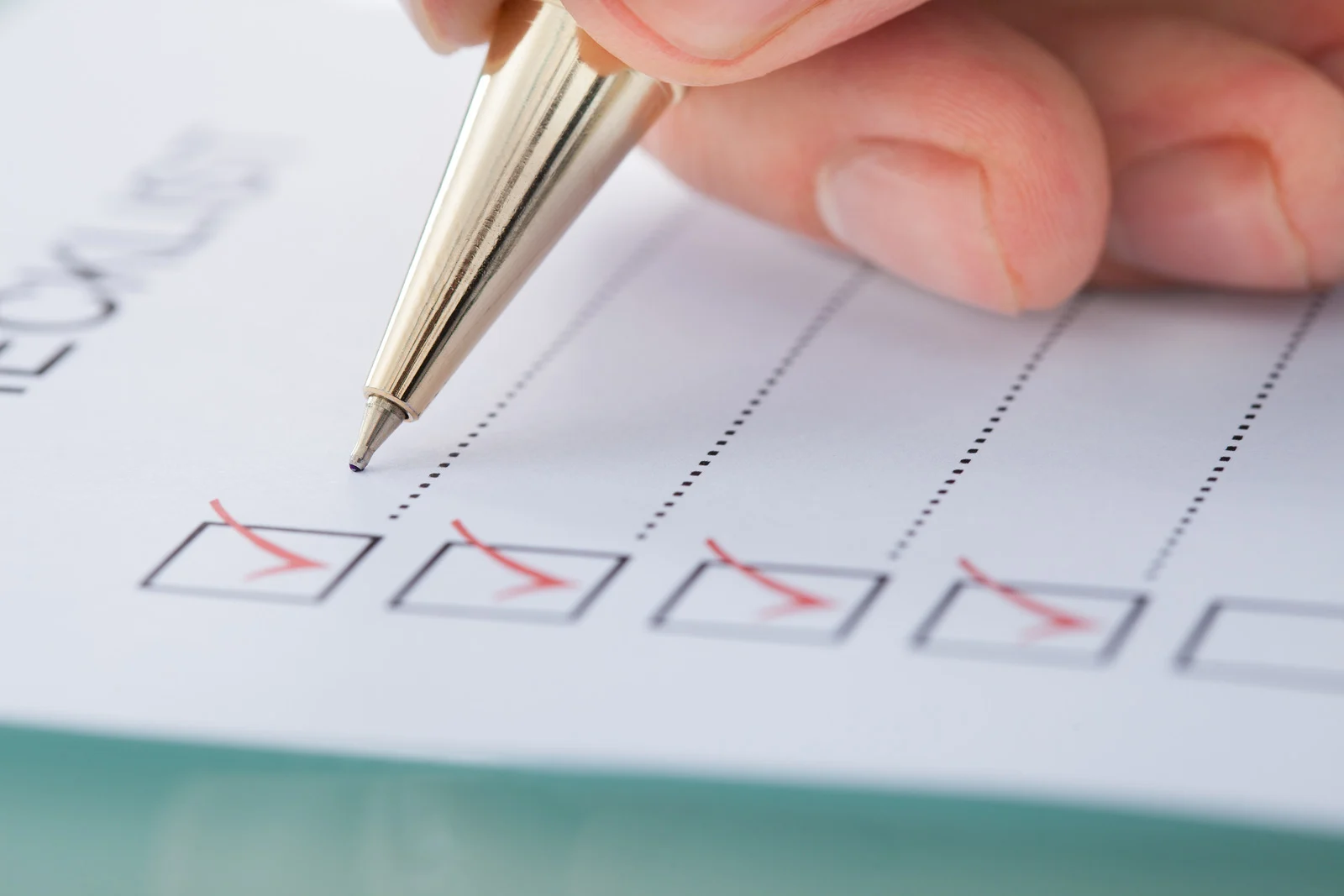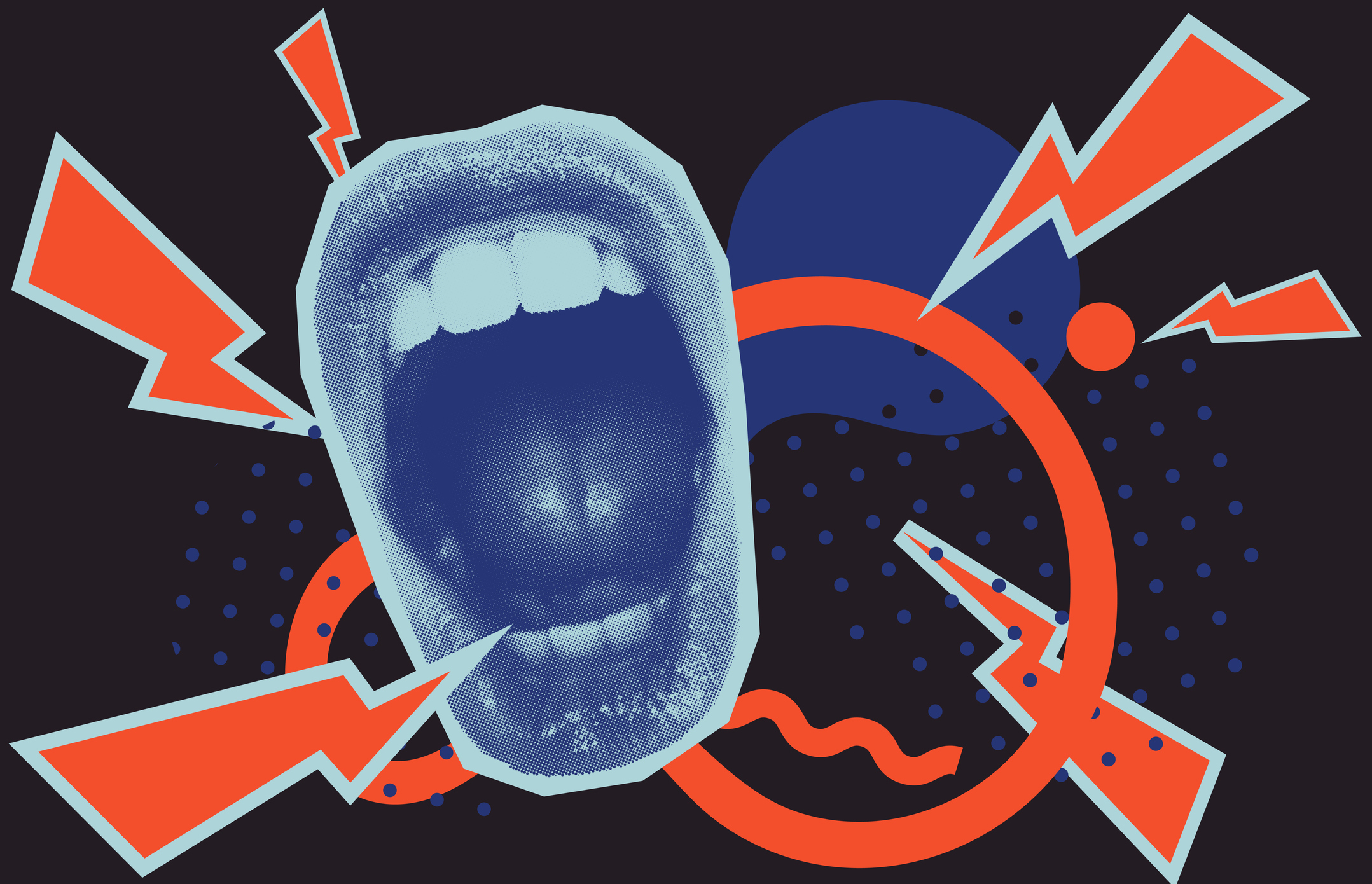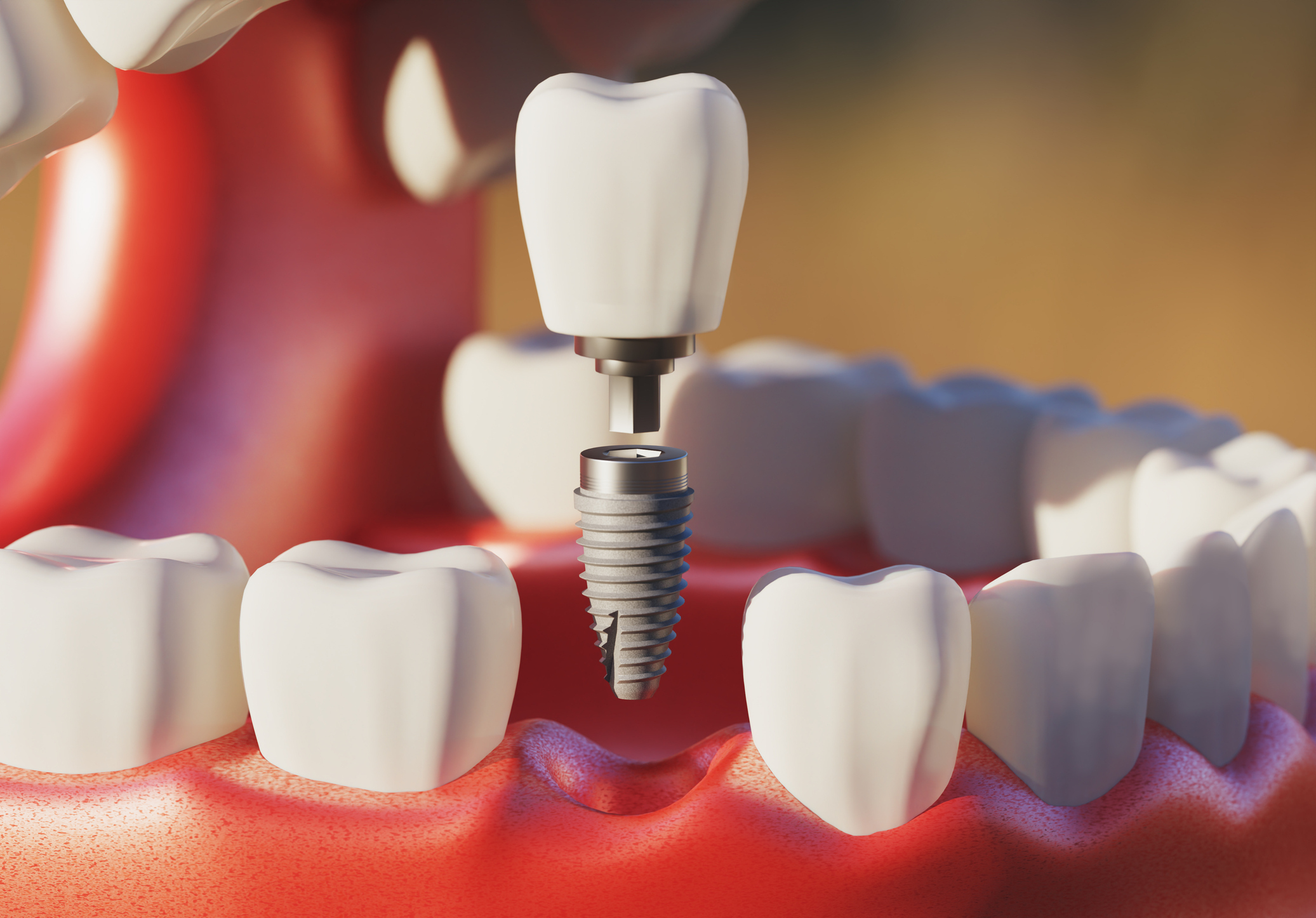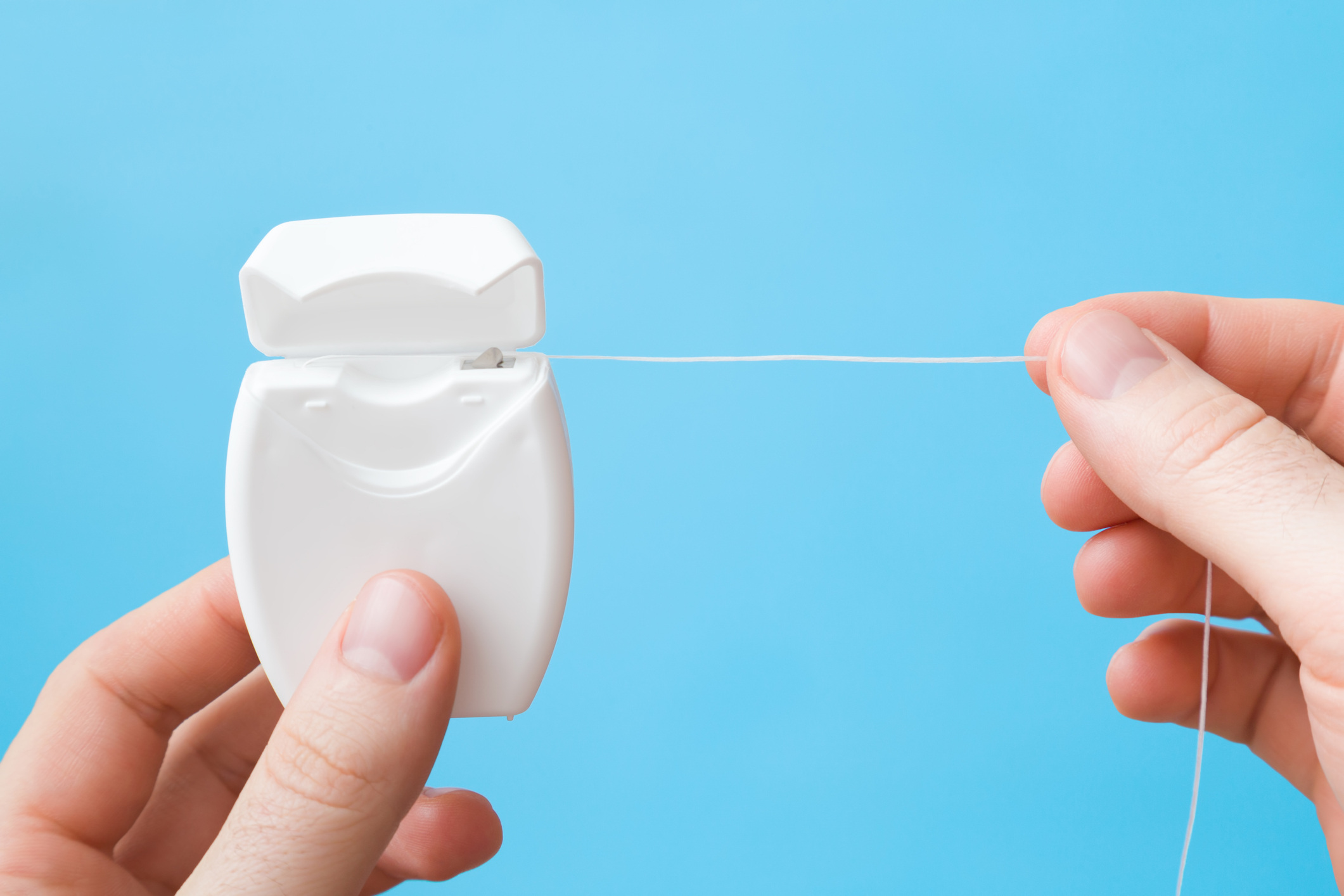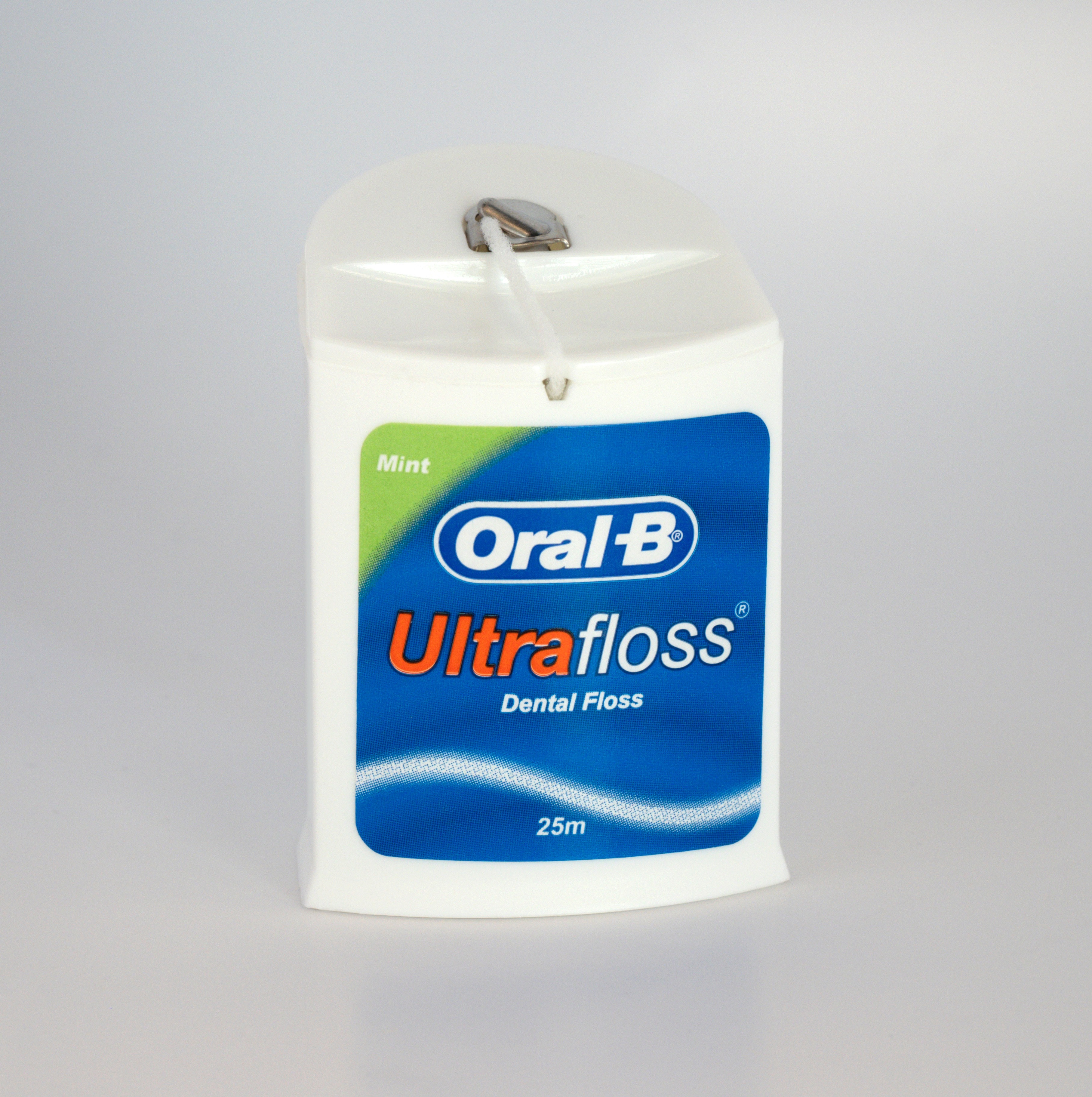Paying attention to your dental hygiene affects a whole lot more than your winning smile.
“Oral health affects our ability to eat, speak, smile, and show emotions. Oral health also affects a person’s self-esteem, school performance, and attendance at work or school,” says the Centers for Disease Control and Prevention (CDC).
And the consequences of neglecting dental hygiene can be painful and expensive.
“Oral diseases—which range from cavities and gum disease to oral cancer—cause pain and disability for millions of Americans and cost taxpayers billions of dollars each year,” says the CDC.
Good oral hygiene includes what you do at home, such as brushing and flossing, to keep your mouth disease-free, and working with dental professionals to receive periodic cleanings, exams, and x-rays.
“Oral hygiene is preventative care. This means you can stop oral health problems — such as cavities, gum disease, bad breath (halitosis), and other issues — before they start by taking good care of your teeth and gums,” says the Cleveland Clinic.
Oral Health Facts You Should Know
Oral health is essential to general health and well-being as an oral disease can cause pain and infections that may lead to problems with eating, speaking, and learning.
Neglecting your oral health can also hinder social interaction and employment potential.
The importance of dental hygiene is brought home by these facts curated by the CDC:
- By age 8, over half of children (52 percent) have had a cavity in their primary (baby) teeth.
- More than half of adolescents aged 12 to 19 have had a cavity in at least one of their permanent teeth.
- Children from low-income families are twice as likely to have cavities as children from higher-income families.
- On average, 34 million school hours are lost each year because of unplanned (emergency) dental care, and over $45 billion in US productivity is lost each year due to untreated dental disease.
- Drinking fluoridated water and getting dental sealants (in childhood) prevent cavities and save money by avoiding expensive dental care.
- 1 in 4 adults aged 20 to 64 currently have cavities.
- The three oral conditions that most affect overall health and quality of life are cavities, severe gum disease, and severe tooth loss.
- Tobacco use and diabetes are two risk factors for gum disease.
The good news is that “you can keep your teeth for your lifetime”, says the CDC if you follow a dental hygiene checklist.
Oral Hygiene Checklist for Babies and Children
A lifetime of good dental hygiene starts as soon as we are born, even though those first teeth will not come in until between six months and a year typically.
Keep in mind that the American Academy of Pediatric Dentistry (AAPD) suggests that parents should bring their baby in for their first dental visit within six months of the eruption of the first tooth or by age one.
“Early examination and preventive care will protect your child’s smile now and in the future,” says the AAPD. “Dental problems can begin early. A big concern is Early Childhood Caries (also known as baby bottle tooth decay or nursing caries). Children risk severe decay from using a bottle during naps or at night or when they nurse continuously from the breast.”
Parents and caregivers should follow this checklist, suggested by the AAPD and CDC, to maintain a baby's oral hygiene:
- Wipe gums twice a day with a soft, clean cloth in the morning after the first feeding and right before bed to wipe away bacteria and sugars that can cause cavities.
- When teeth come in, start brushing twice a day with a soft, small-bristled toothbrush and plain water.
- Visit the dentist by your child’s first birthday.
- Talk to your dentist or doctor about putting fluoride varnish on your child’s teeth as soon as the first tooth appears.
- Encourage children to drink from a cup as they approach their first birthday and they should be weaned from the bottle at 12 to 14 months of age.
Parents and caregivers should help children as they get older follow this checklist to maintain good dental hygiene:
- Brush their teeth twice a day with fluoride toothpaste.
- Help your child brush their teeth until they develop good brushing skills.
- If your child is younger than 6, watch them brush, making sure they use a pea-sized amount of toothpaste and always spit it out rather than swallow.
- Ask your child’s dentist to apply dental sealants when appropriate.
- Drink tap water that contains fluoride.
- The age to start flossing varies according to different sources:
o Stanford Medicine says to start flossing when your child has 2 teeth that touch which is often around ages 2 to 3.
o Oral-B says that the age to start flossing is between 2 and 6.
- Parents should assist in the flossing until children are old enough to accomplish competently on their own, sometimes around age 10.
Oral Hygiene Checklist for Adults
The CDC and American Dental Association say that adults can maintain good dental hygiene if they pay attention to this checklist:
- Drink fluoridated water and brush with fluoride toothpaste.
- Practice good oral hygiene. Brush teeth thoroughly twice a day for two minutes and floss daily between the teeth to remove dental plaque.
- Use a soft-bristled toothbrush as medium and hard bristles can damage gums and tooth enamel.
- Brush at a 45-degree angle towards your gums which will help seep away plaque and bacteria near the gum line.
- Brush all teeth surfaces, including the backs and sides.
- Brush your tongue, which can hold bacteria.
- Use an antibacterial mouthwash (choose alcohol-free) daily to fight bacteria and wash away food and debris.
- Visit your dentist at least once a year, even if you have no natural teeth or have dentures, for cleanings and exams.
- Do not use any tobacco products. If you smoke, quit.
- Limit alcoholic drinks.
- Hit a healthy diet that limits sugary beverages and snacks.
- If you have diabetes, work to maintain control of the disease. This will decrease the risk for other complications, including gum disease. Treating gum disease may help lower your blood sugar level.
- If your medication causes dry mouth, ask your doctor for a different medication that may not cause this condition. If dry mouth cannot be avoided, drink plenty of water, chew sugarless gum, and avoid tobacco products and alcohol.
- See your doctor or a dentist if you have sudden changes in taste and smell.
- When acting as a caregiver, help older individuals brush and floss their teeth if they are not able to perform these activities independently.

